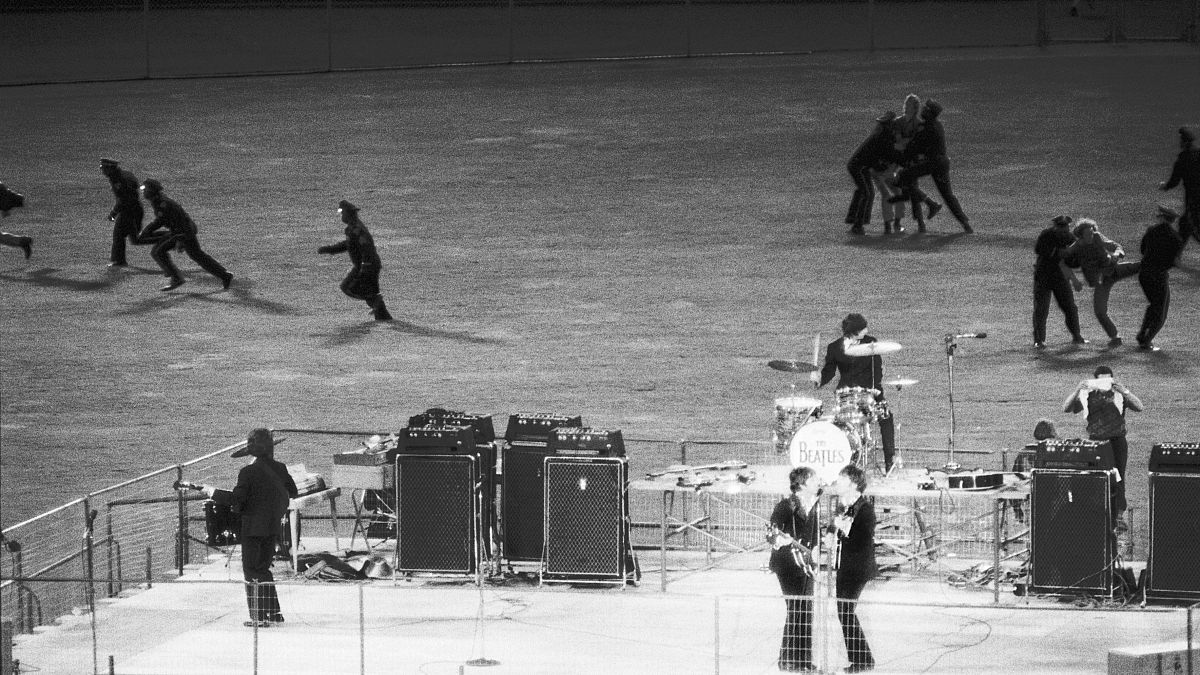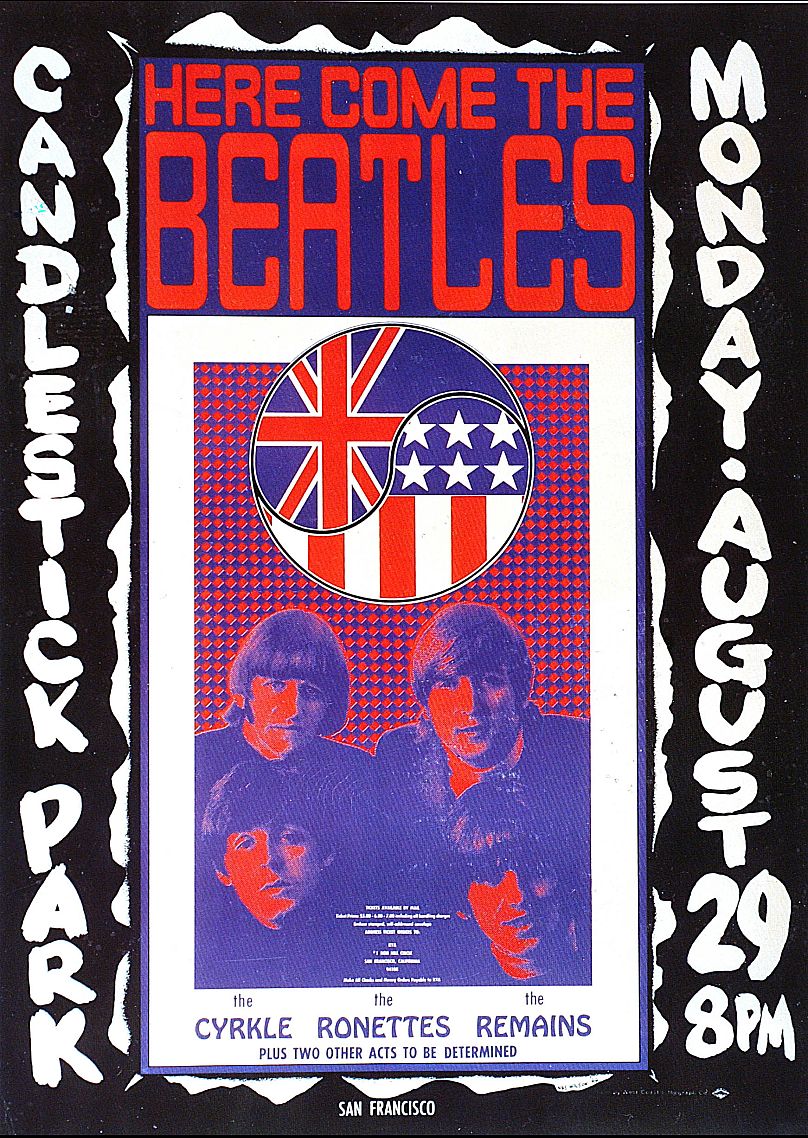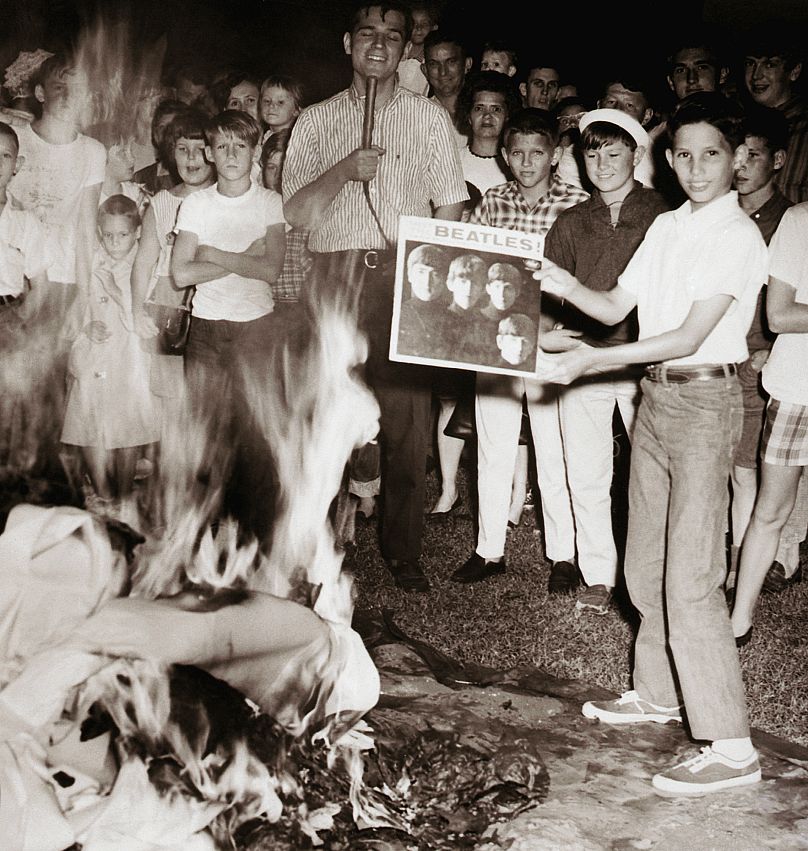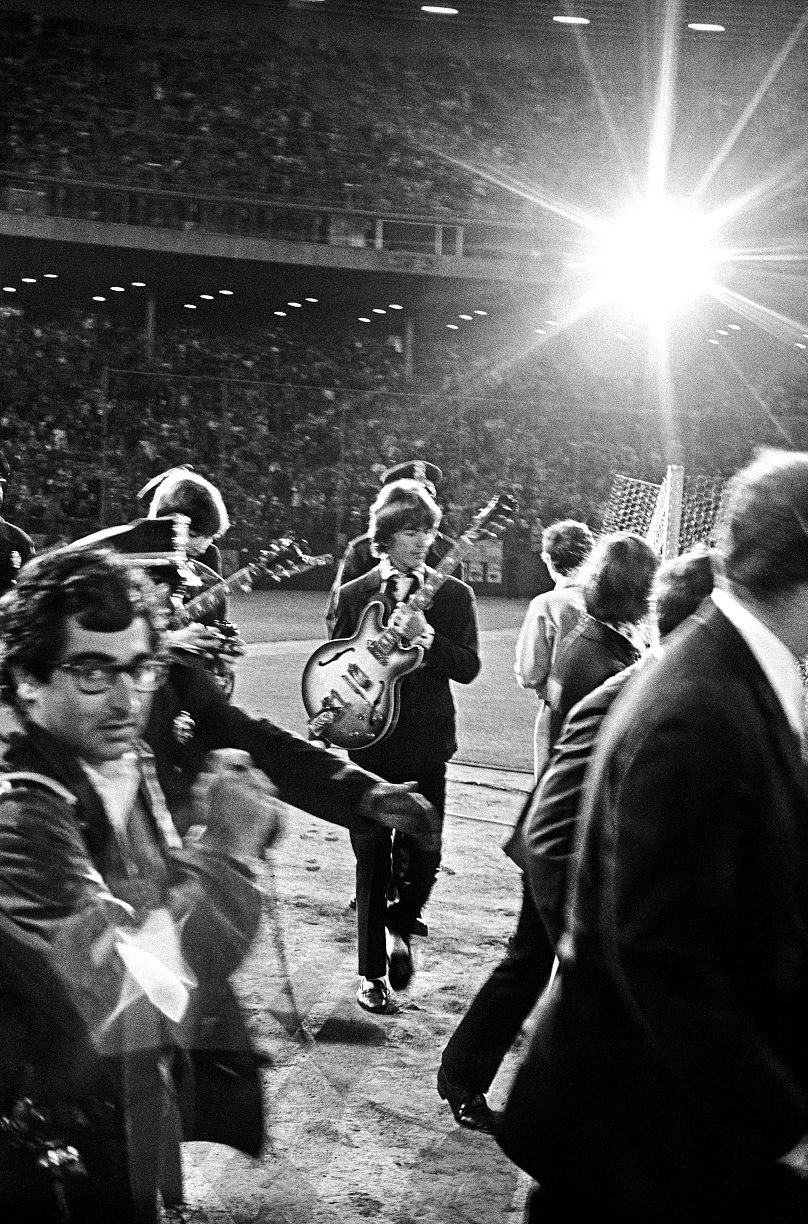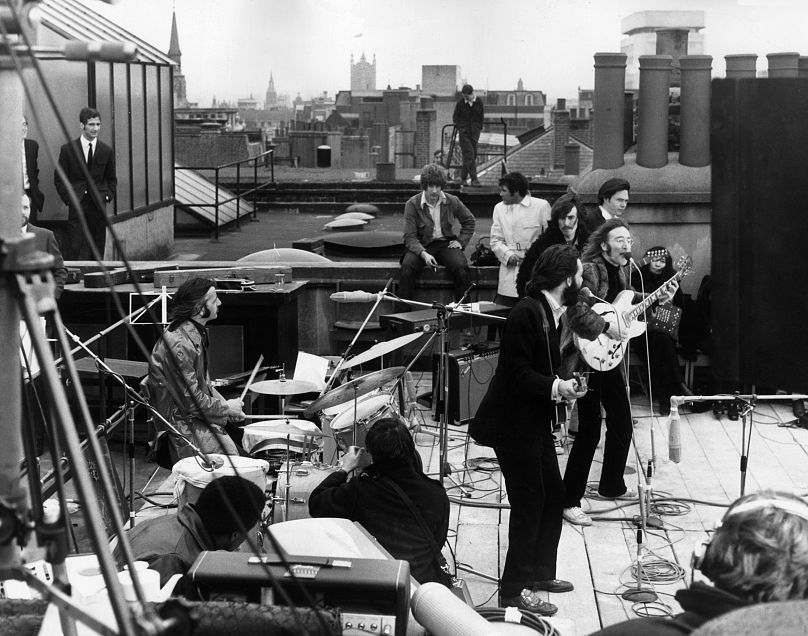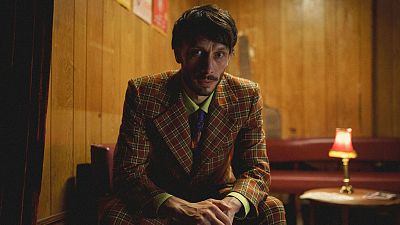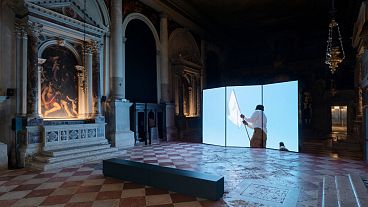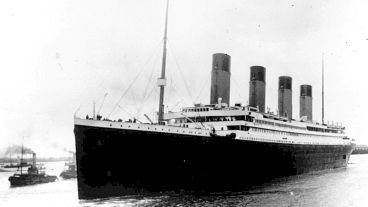On this day in 1966, the Beatles performed in public for the very last time - despite still being at the top of their game.
1966 was a difficult year for the Fab Four.
Still hugely popular, they’d nonetheless upset and alienated various groups across the world.
There was an inadvertent snub of the Philippines’ First Lady and, of course, John Lennon’s infamous comment that the band were bigger “than Jesus”.
With a relentless schedule of touring, interviews and meeting screaming fans, John, Paul, George and Ringo decided enough was enough - they were going to stop performing live.
On 29 August 1996, the Beatles arrived in San Francisco, California for the last show of their summer tour.
Despite being so meaningful for the band themselves, the event itself was anything but spectacular - inside the venue at least.
The show at Candlestick Park failed to sell out and has since been considered a flop, with 7,000 seats remaining empty.
Although they’d played far more packed concerts during the 19-tour date, the San Francisco gig took place amidst an unsettled time for the United States.
That summer, the country was plagued by race riots and the dangerous Ku Klux Klan were among those protesting against The Beatles after Lennon’s controversial "more popular than Jesus" remarks.
The fundamentalist south had launched into an anti-Beatles crusade, calling blasphemy and for death threats, with less religious former-fans supporting them across the States.
That wasn’t the only concern for the group.
As their fame escalated, so did the sizes of their concerts.
They famously favoured intimate performances in spaces like Liverpool’s Cavern Club rather than attempting to play above the sound of screaming fans.
Outside Candlestick Park, the situation was made worse for the band, with a number of a young protesters holding signs reading: "Beatles today, what tomorrow?" and "Jesus loves you - do the Beatles?"
In the progressive San Francisco Bay Area, that was particularly damaging to the Beatles’ popularity - and perhaps explains the poor ticket sales.
After performances from supporting acts including The Ronettes, The Beatles kicked off their set which featured classics like I Feel Fine, I Wanna Be Your Man and Day Tripper.
On the plane back to England, George Harrison famously quipped: "That's it, then. I'm not a Beatle anymore”.
But the Candlestick Park show was not the end of the Fab Four.
Rather than playing to crowds, they chose to focus their attention on recording music in the studio, releasing evergreen favourites including Sgt. Pepper's Lonely Hearts Club Band, The White Album, Abbey Road and Let It Be.
There were constant rumours of a UK tour but their manager Brian Epstein - often referred to as the ‘fifth Beatle’ - never managed to convince the four to go back on the road. He died at the age of just 32 almost a year to the day from the Candlestick Park gig on 27 August 1967. With him too died the hope of a new tour.
But, in January 1969, The Beatles did, in fact, perform one more time.
On the roof of their Apple Corps headquarters at 3 Savile Row in London, they played nine takes of five new songs they’d been recording in the building below.
Onlookers congregated on nearby rooftops and the surrounding streets, revelling in the atmosphere until the Metropolitan Police put a stop to the impromptu concert, citing noise disturbance.
Despite hopes of repeat performances, none came and the band ultimately went their separate ways later in 1969, leaving behind arguably the most significant musical legacy in living memory.
